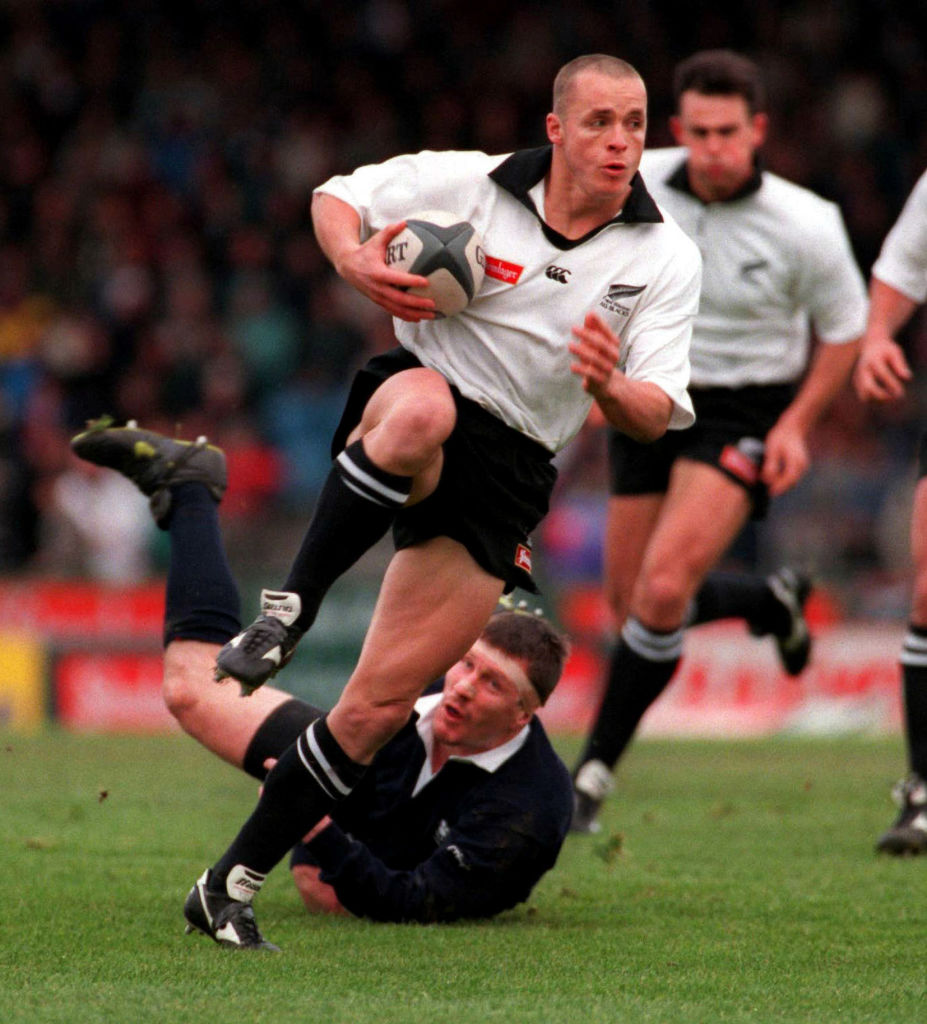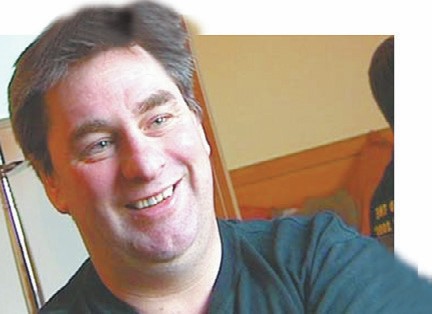
Brendan Gallagher delves into some of rugby’s most enduring images, their story and why they are still so impactful
What’s happening here?
It’s June 15, 1996 at Carisbrook Dunedin and Christian Cullen, the latest All Blacks superstar, is ripping it up for New Zealand against Scotland. Cullen in his absolute pomp, before injuries and selectorial madness struck, was the best rugby player I’ve ever been privileged to report on. Operating at full-back he was unstoppable, poetry in motion.
What’s the story behind the picture?
Cullen was a youthful prodigy who represented New Zealand Schools for two seasons and starred for New Zealand U21 throughout the 1995 season but for a while operated under the radar with Jonah Lomu a year ahead of him and making waves wherever he played.
His family roots were an eclectic mix of Irish, German, Tongan and Maori and to a degree that was reflected in his style. Cullen combined a fierce Germanic work ethic with Irish passion and the flair you always expect from South Sea Islanders. He was the complete package at full-back, the position he was born to play. Cullen had extraordinary speed off the mark but he also had the long range gas to run in tries from 80 or 90 yards. He relished space and that extra time you get playing at full-back.
He announced himself to the wider world at the 1996 Hong Kong Sevens where he played rugby from another planet. His sidestep at full speed was something to wonder at, better even than Gerald Davies, but his sheer physicality and pure gas really was also something to behold. For the previous two tournaments Jonah Lomu had wowed us – in a different way – and the assumption was that Jonah was the once-in-a-generation player who comes along to elevate the sport. Now we had two such players.
Cullen was an unbelievable Sevens player where the emphasis is one-onone battles and it’s a great tragedy he played so few tournaments. His Sevens swansong was in one of the greatest games of all when he and Jonah were members of the New Zealand side that beat Fiji’s best ever combination in the 1998 Commonwealth Games final in sultry Kuala Lumpur.
Iconic Rugby Pictures: PART 55 Christian Cullen mesmerises Scots with four tries June 15, 1996
What happened next?
Cullen, predictably, took the world by storm when he made his Test debut in 1996 a few months after his starring role in Hong Kong. Strange to relate, New Zealand rugby was looking for a lift in 1996, the defeat against South Africa in the 1995 World Cup final had hit hard. How could they strike back and reassert world dominance?
Cullen seemed a big part of that solution. After a successful Super Rugby debut for Wellington he made his Test debut against Samoa at Napier on June 7 and scored a sizzling hat-trick. Eight days later he was too hot for Scotland to handle, on this occasion scoring four tries.
For two seasons he was untouchable at full-back – peak Cullen – but a black cloud was looming on the horizon. New Zealand, to coin a phrase, had an embarrassment of back-three riches and in trying to deal with that they completely blew it.
“His sidestep at full speed was something to behold, better even than Gerald Davies”

Jeff Wilson was a talented full-back, highly rated by All Blacks coach John Hart but frankly he was no Christian Cullen. In an unbelievable act of rugby vandalism, however, Hart decided it was Cullen who should shift. First he was moved to the wing for the first six Tests of 1999 and then, in a further selectorial lurch, he was moved to centre for the World Cup, making his debut in that position against Tonga in their opening pool game.
Cullen played centre throughout the tournament and although he did an entirely adequate job he was not the world-beating full-back a misfiring New Zealand needed.
The experiment was discontinued in 2000 when Cullen was back to his very best at full-back, scoring eleven tries in the calendar year including two braces against South Africa and another two tries against Australia in a golden spell during the old Tri-Nations.
Injuries were beginning to kick in though – shoulder and knee – and one of the most staggering talents the game has ever seen was operating on borrowed time. He bowed out of Test rugby in 2002 with a long standing personality clash with coach John Mitchell hastening that process. His Test record of 46 tries in 58 Tests speaks for itself.
Why is the picture iconic?
Cullen was mesmerising to watch and above all else it was his balance when operating at full gas that transfixed you. This picture captures all that and more. He has just high stepped his way past Scotland centre Ian Jardine but is instantly ready to take on the next defender, whoever that may be. And beat them as well!
Footnote: Cullen moved to Munster in 2003 and it seemed like a match made in heaven. Irish roots, a natural crowd pleaser and perhaps the last piece of the jigsaw as Munster set off again in search of the Holy Grail – the Heineken Cup. Cullen gave it his best shot, he was extremely popular, but his body was in bits and a persistent shoulder injury stubbornly refused to mend. In the end he made just 44 appearances across four seasons, his rugby swansong coming on April 28, 2007 in a low-key game at Musgrave Park where he helped Munster to a 15-7 win over Newport Gwent Dragons.

1 Comment
You must be logged in to post a comment Login
Leave a Reply
Cancel reply
Leave a Reply
You must be logged in to post a comment.

Champions Cup
Champions Cup semi-finals: Best head-to-head matchups

























Pingback: jarisakti